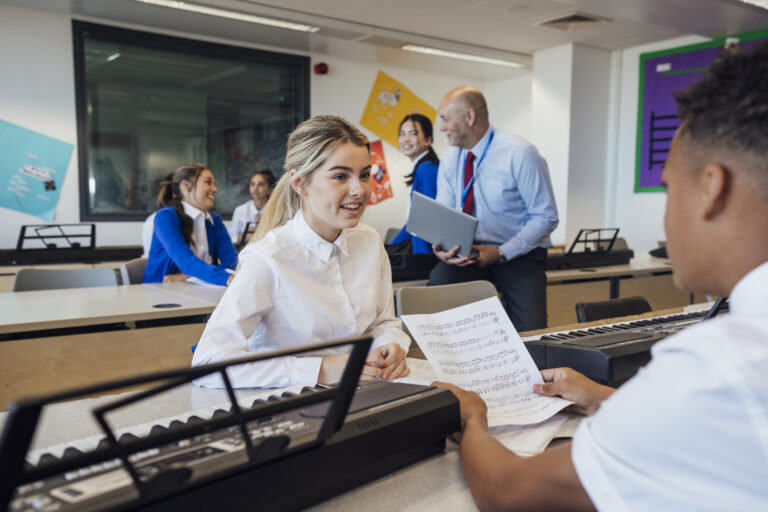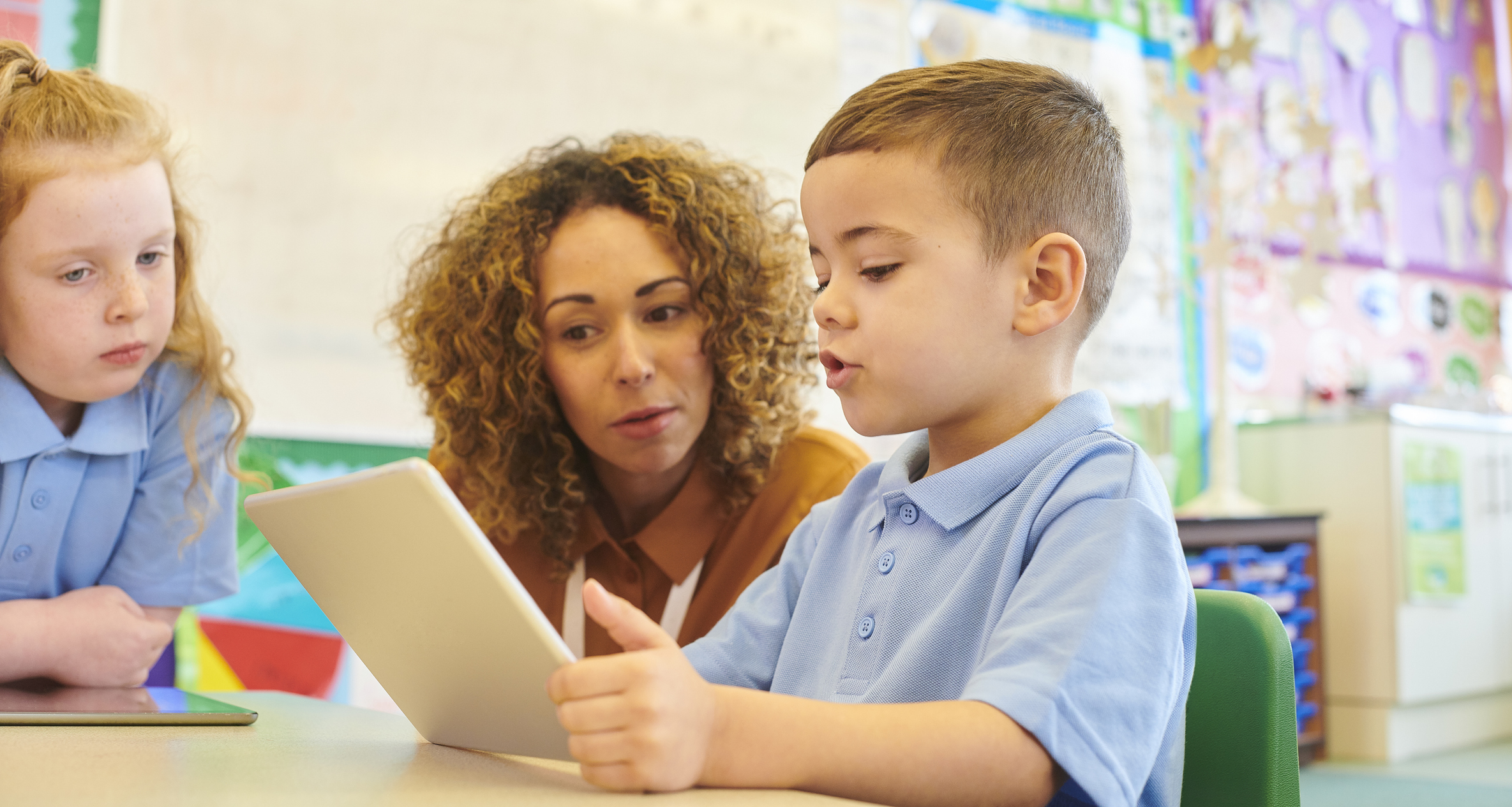Our brains are the most complicated computers imaginable. Dissecting how humans make decisions has produced numerous studies in the matter of executive function, the cognitive processes that assist us as we make decisions aimed at accomplishing pre-determined and desired tasks.
Teachers must learn to recognise, identify and clarify how students employ executive function in their classroom experience. By recognizing how a student employs their executive functions, a teacher can then work to improve those functions, which will enhance the learning experience.
There are 11 specific executive function skills to consider, separated by those we employ while “thinking” and those we employ while “doing. Let’s consider how each of these skills impact teachers, beginning with the concept of “thinking”.
Thinking
Organisation – This executive function asks a student to recognise the value of having all of their physical learning implements located and settled. A student who is poorly prepared organisationally needs to be reminded of the value of being orderly. Proper organisation by students will prevent lost time spent dealing with poor organisational performance. Proper organisational functions also offer positive psychological feedback. “I am smart enough to know how to organise my school tools.”
Prioritising and Planning – Prioritising comes first. A student must be able to determine what is important and what is less important (there should be little instruction about what is “not important”). With proper prioritisation, students can then plan how to tackle the most important tasks. This is an executive function that leads to directed thought and action.
Working Memory – As much as a student prioritises, there are still times when they must multitask. They must be able to follow multiple steps to complete a project. In order to promote the working memory of a student, provide predictability to the day’s workload. Having a structure allows students to function on multiple projects at one time, using a sort of checklist (either in their mind or available to them visually) to get from one step to the next.
Time Management – It is very difficult to understand how modern student’s view the time element of the school day. Don’t try. Set a schedule and make it visible to students (blackboard, whiteboard, printed schedule for the day on each wall). Unfortunately, “time is a tyrant”, and it can cause anxiety and frustration. But, it is an executive function students need to be able to access. Teach students to understand the value of time, and the cost of wasting time.
Metacognition/Self-Monitoring – Socrates told us to “know thyself”. Teachers are instructed to concentrate on a student’s strengths while evaluating and addressing a student’s weaknesses. Teachers can help students recognize their own skills, and can individualize those assessments so that a particular ability becomes a superpower. Students who know themselves know what they can do well and what they need to improve on.
Doing
Response inhibition – Response inhibition is a learned behavioural practice. Students must be taught to consider possible actions, and the impact of those actions, before making any response. Over time, most students learn to pause momentarily before leaping into a situation that demands a physical or verbal response. This is a practice that leads to wiser decisions.
Emotional control – A cooperative executive function to response inhibition, emotional control is being able to moderate feelings, which in turn allows you to inhibit immediate responses. An emotional balance leads to more successful learning. Often, poor emotion control leads to extenuating responses in turn. Teaching students that emotional control is an executive function they can alter could lead to a calmer, more effective classroom.
Sustained attention – Maintain focus. The executive function most likely to be affected by exhaustion is the ability to sustain concentration on the purpose at hand. The ability to focus is a cognitive function, but it can be addressed through the use of physical exercise. Depending on the age of the student, the ability to focus has a time element to it. Breaks between lessons can relieve the pressure applied by the time tyrant.
Task initiation – The ability to begin a new task within a school day is impacted by one’s ability to complete the previous task. Task initiation is a response to so much of the thinking executive functions previously mentioned: planning, prioritising and multitasking. Task initiation is the opportunity to clear the decks, both physically and mentally, to move on from a previous and perhaps problematic task to undertake a new one. The executive function of task initiation includes the ability to complete tasks as assigned within an allotted time frame.
Self-motivation – The ability to push oneself through a day of learning is the executive function that is most challenged and eventually rewarded. Being able to “keep going” is a valuable executive function that can be practiced and developed. Motivating techniques differ within each individual. Teachers should try to determine what works best for each student when possible, or offer techniques generally used successfully by students in the past. Setting goals is always a good way to start.
Flexible thinking – The ability to switch gears, to make the best of a plan gone awry, is a valuable executive function aimed at getting the most out of a day. When a plan changes, the ability to adjust to those changes, and to maintain focus in light of those changes, will lead to more productive learning sessions.
Why Teachers Should Teach Executive Function
Teachers have lesson plans prepared to teach students reading, writing and mathematics. But, teaching students to understand how their brains function can facilitate learning in those other areas.
Whether a teacher takes time to tackle one of the aforementioned executive functions directly, or keeps an eye on one or two of those functions daily, it behoves students and teachers to have a working knowledge of how our brains work when we are trying to accomplish something.








